JuzaPhoto uses technical cookies and third-part cookies to provide the service and to make possible login, choice of background color and other settings (
click here for more info).
By continuing to browse the site you confirm that you have read your options regarding cookies and that you have read and accepted the
Terms of service and Privacy.
You can change in every moment your cookies preferences from the page
Cookie Preferences, that can be reached from every page of the website with the link that you find at the bottom of the page; you can also set your preferences directly here
The Canon 5D Mark II noise myth
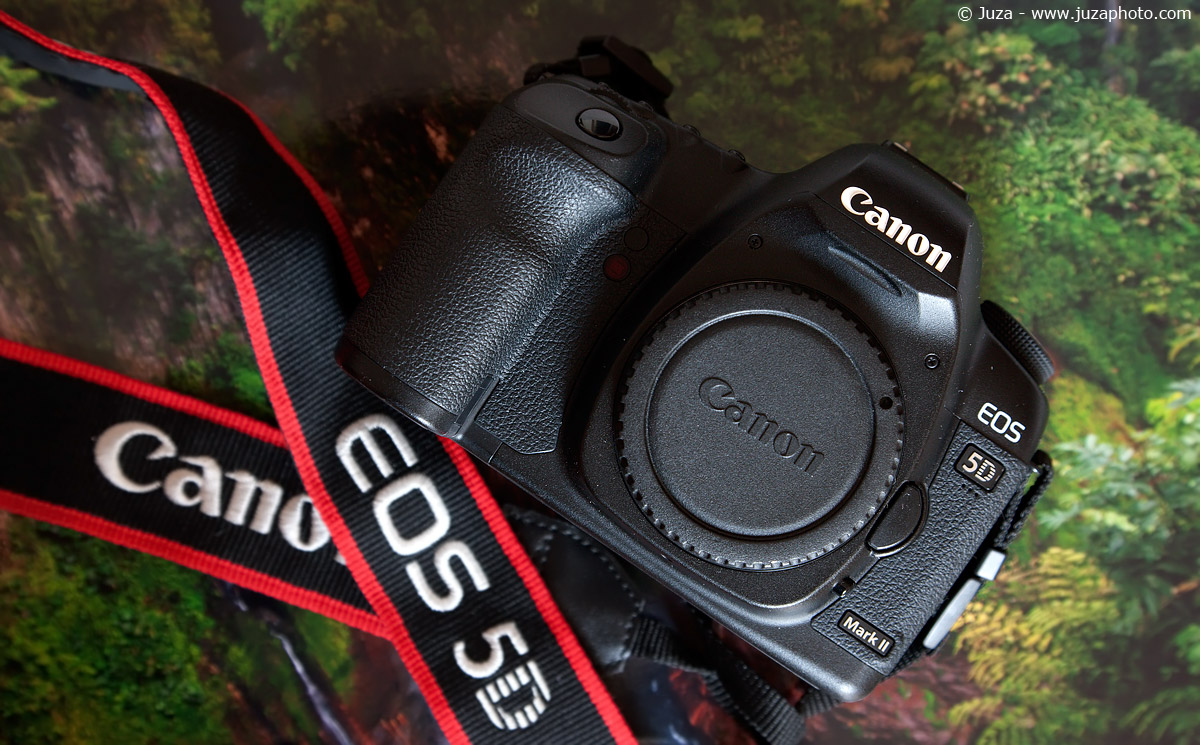
In the early years of digital photography, camera manufacturers were quite serious about their products. Until 2007, the highest ISO sensitivity you could use in a Canon camera was 1600, with 3200 available only has "H" special sensitivity, that means an high sensitivity out of the normal range and not recommended by the manufacturer. The Canon 1D MarkIII was a good step forward in high ISO capability, and canon upped the ISO range by a shy one stop. Then, the madness begun. Nikon announced the ISO 100-25600 Nikon D3: no doubts that it was a great camera, but honestly it was an "ISO 6400 maximum" camera, 12800 was really at the limit and at ISO 25600 the noise was really too strong for most uses. Canon followed with the ISO 25600 Canon 5D2, and nowadays we have SLRs that reach 100000, and digicams with ISO 6400. Too bad that these sensitivities are unusable!
When the Canon 1D Mark 2 was replaced by the Mark 3, there was 1 stop improvement in low noise, so Canon raised the max sensitivity by 1 stop. When the 1D3 was replaced by the 1D4, Canon raised the sensitivity by 4 stops: had they done some magic with the sensor? Absolutely not: in terms of noise, the 1D4 is about on par with the 1D3, the four stop higher max sensitivity is just...marketing.
So, while on old Canon and Nikon cameras you could safely assume that the max ISO was the maximum usable sensitivity, with nowadays camera you should no longer thrust the max sensitivity. And here we go: with a top ISO of 25600 and a generous amount of noise reduction, Canon wants you to believe that the Canon 5D2 is a big step forward in terms of low noise from the previous 5D and other cameras...and even on internet forums, I have read many times about the spectacular high ISO of the 5D2: this is a proof of how marketing can influence people.
The Canon 5D2 is actually a great camera - it has a lot of advanced features (live view, great video), great price/performance ratio, and a much smaller and lighter body than the 1DsIII. Its image quality is good, but it is in line with the 1DsIII (that uses an almost identical sensor) and it has not great high ISO capabilities: the Nikon D3 and D3s, the Canon 1D4, and even the old 5D "Mark1" have lower noise at high ISO.
To make a serious comparison, without the influence of noise reduction, I have tested both the 5D2 and the 1DsIII in RAW format, and I have converted the RAW files with identical settings. These are 100% crops from the two cameras at the main ISO settings.
The RAW converter that I always use is the latest version of Adobe Camera RAW, that is one of the best RAW converters on the market. Using the same RAW converter is a must when you are doing a comparison between two cameras: if you use two different RAW converters, it is impossible to replicate the same settings, so you won't evaluate the real image quality of the camera, but the results of camera + software. The claim that proprietary RAW converters (e.g. Canon Digital Photo Professional, Nikon Capture) or other converters (e.g. Capture One) are better is based on the fact that these converters tend to apply by default more sharpening and noise reduction than ACR. Every times I do a test, I turn off both sharpening and noise reduction, because I want to evaluate the real image quality of the camera, not the effectiveness of ACR/Capture/DPP noise reduction and sharpening algorithms.
�
����| � | � �Canon 5D Mark II | � �Canon 1Ds Mark III |
�
| �100 | � �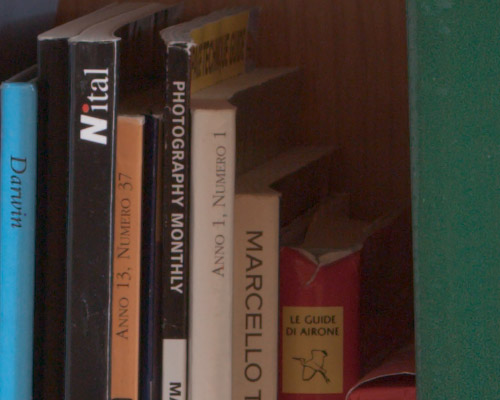 | � � |
�
| �400 | � �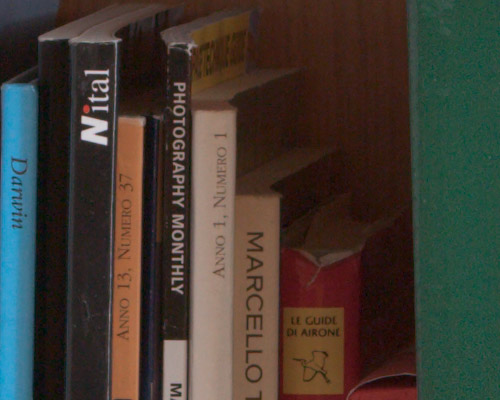 | � � |
�
| �1600 | � �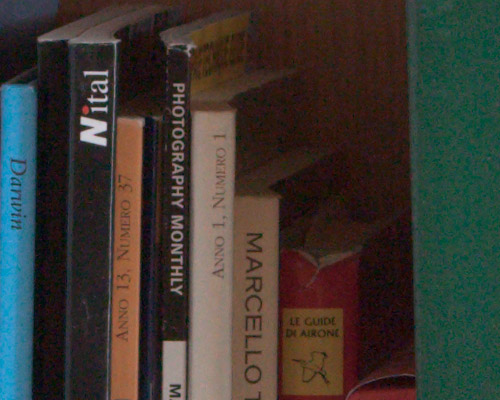 | � � |
�
| �3200 | � �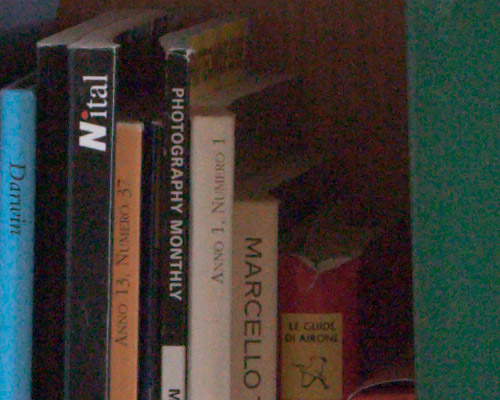 | � �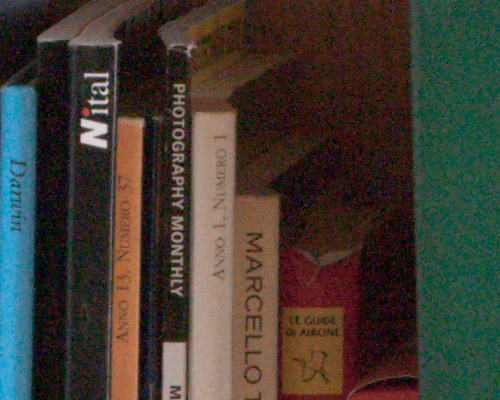 | �
�
The detail and noise of the two cameras are essentially identical: not surprising, considering that they have the same sensor and similar electronics. I did not have a 5D "old" during this test, but in the past I compared it with the 1DsIII, and it showed slightly lower noise at 100%, or nearly identical noise after resizing the 1DsIII file to 12 mp. Of course the 1DsIII and the 5D2 have much higher resolution so overall the image quality is better than 5D1, but if you are looking for a big noise improvement, you will be disappointed when you look at the RAW files.
As I already said, I think that the 5D2 is a great camera - nowadays, if I had to choose between 1Ds3 and 5D2 I'd go for the 5D2, and of course I'd have no hesitation to prefer the 5D2 to the 5D1. But appreciating a camera does not mean blindly believing in every "feature" advertised by the manufacturer: you have to make a serious evaluation of the real capabilities of the camera.
Second test: ISO 3200 - 25600
I have received some request to do another test at the highest sensitivities...here it is! :-) Even though the 1DsIII does not go beyond ISO 3200, you can get the equivalent of higher ISO by shooting at 3200 with exposure compensation of -1 (6400 equiv), -2 (12800 equiv.) and so on. After downloading the photos, you just have to set the exposure compensation on the RAW converter on +1, +2, ecc. to get a correctly exposed image. This is essentially the same procedure used by the 5D2 and other cameras to reach extra high sensitivities, with the difference that 5D2 and others do it in-camera. As always, you can see 100% crop from the unprocessed RAW files; the test photo was different from the photo used in the previous test (I used a 24mm lens rather than 50mm).
����| � | � �Canon 5D Mark II | � �Canon 1Ds Mark III |
�
| �3200 | � �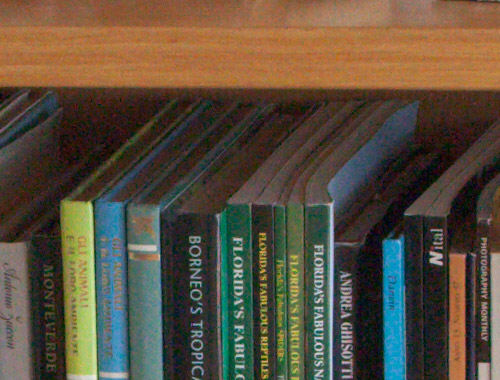 | � �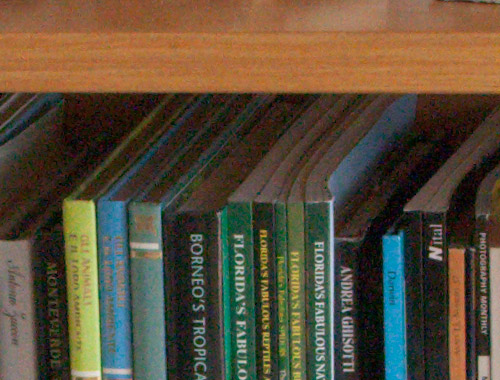 |
�
| �6400 | � �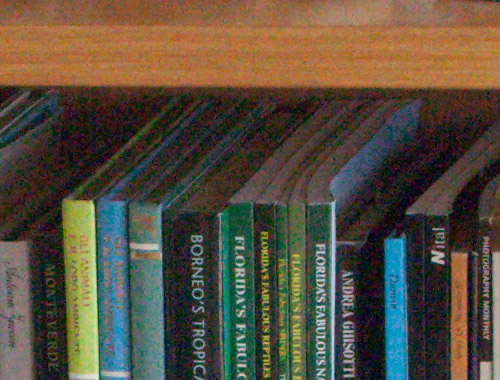 | � �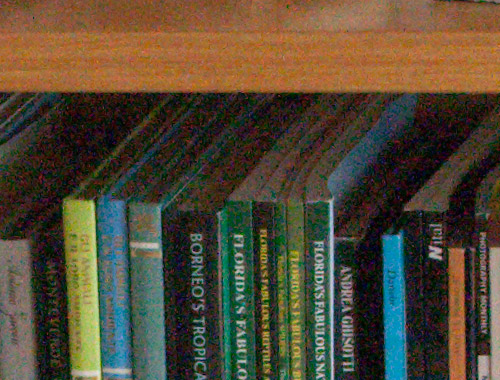 |
�
| �12800 | � �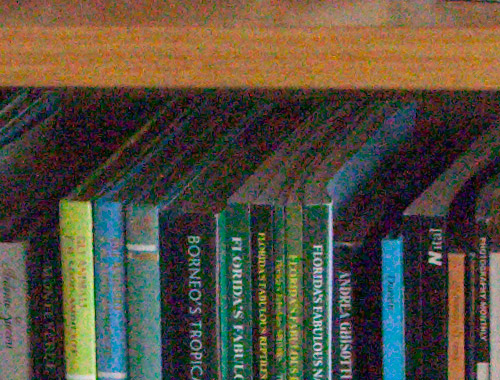 | � �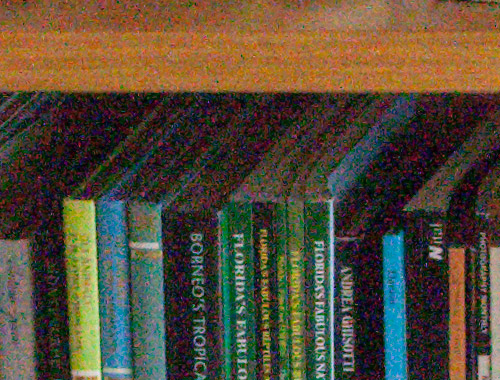 |
�
| �25600 | � �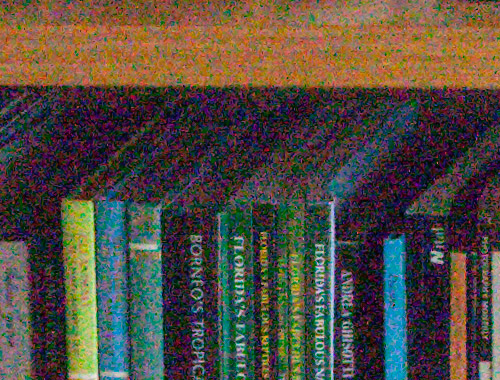 | � �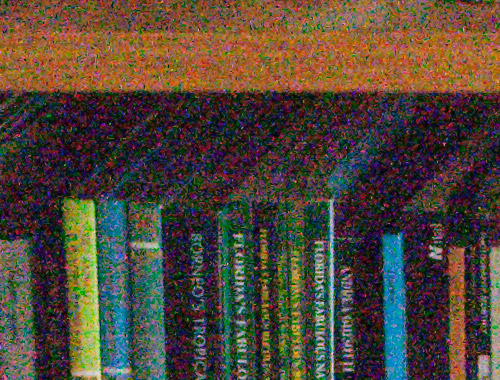 | �
�
Again, there are no major differences. The 5D2 seems slightly cleaner at these extreme ISO, but the difference is minimal, I'd say something around 0.5 stop. For sure it is less than one stop because the 5D2 at 25600 is clearly worse than 1Ds3 at 12800, 5D2 at 12800 is worse than 1Ds3 at 6400, and so on. A more interesting find is that the 5D2 files are a little sharper. At first I though it was a focus error or a difference of in-camera post processing (some cameras applies some moderate contrast and sharpening even on RAW files), but from this second test it seems that the 5D2 actually captures a little more detail than the 1DsIII, maybe thanks to a less strong anti-aliasing filter. That said, I doubt you would see any real difference in image quality between the two cameras unless you compare 100% crops side-by-side or you make poster sized prints.


















 JuzaPhoto contains affiliate links from Amazon and Ebay and JuzaPhoto earn a commission in case of purchase through affiliate links.
JuzaPhoto contains affiliate links from Amazon and Ebay and JuzaPhoto earn a commission in case of purchase through affiliate links.